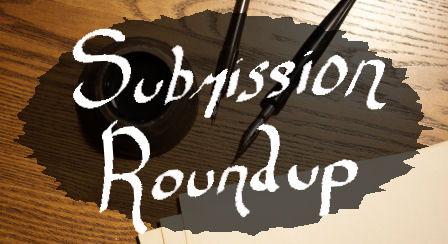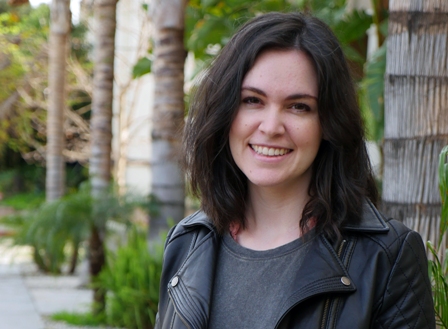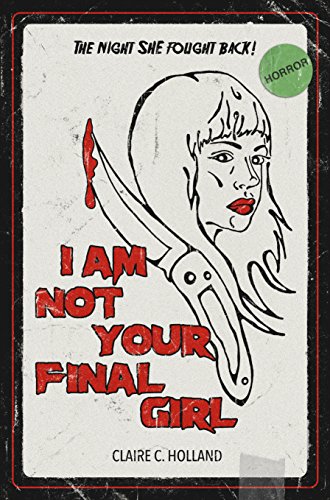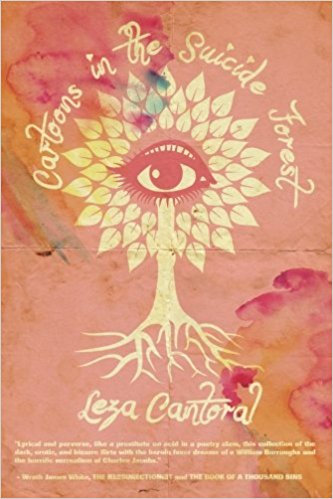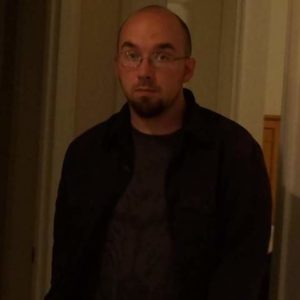Welcome back! This week’s featured author is the talented Theresa Braun. Theresa and I connected last year when we were both part of Unnerving’s Hardened Hearts anthology, and since then, it’s been so much fun to get to know Theresa and her awesome body of work!
Recently, she and I discussed her inspiration as a horror writer, her favorite Women in Horror, as well as her writing rituals and future plans as an author!
What first drew you to horror, and who are some of your favorite authors in the genre?
 Well, I’ve been a bit of a Goth since as far as I can remember. My closet is almost entirely black, with a sprinkling of shades of gray and a bit of red. Also, I’ve always liked reading dark, creepy fiction and watching scary movies. There’s something fascinating about the shadow side of life. Maybe it’s partly the adrenaline high that goes along with dangerous things, like the supernatural or evil people. The element that’s beyond our control is also part of that. So, I suppose the subject matter and the psychological aspect of horror really inspire me.
Well, I’ve been a bit of a Goth since as far as I can remember. My closet is almost entirely black, with a sprinkling of shades of gray and a bit of red. Also, I’ve always liked reading dark, creepy fiction and watching scary movies. There’s something fascinating about the shadow side of life. Maybe it’s partly the adrenaline high that goes along with dangerous things, like the supernatural or evil people. The element that’s beyond our control is also part of that. So, I suppose the subject matter and the psychological aspect of horror really inspire me.
Some of my favorite horror authors: Stephen King is one, and Edgar Allan Poe is another. I also love lots of classic writers such as Mary Shelley, Bram Stoker, and Robert Louis Stevenson. I’m also really into what Hulu is doing with Margaret Atwood’s The Handmaid’s Tale. The adaptation is a gripping reminder how relevant that novel still is today. There are many contemporary authors in my TBR pile, which is something I’m working on—reading more current writers. There’s so much to read, so little time…
You’ve written short fiction as well as longer works like Groom and Doom. Do you find your approach differs depending on the length of the story? Do you plot out a piece in advance, or do you allow a story to evolve as you write?
Writing short stories allows you to experiment with various characters and settings, while writing a novel requires that you stick to the same set of characters and situation for a longer haul. Both have their positives and negatives. The publishing process is also quite different when it comes to short stories. You’ve got to do your homework, and more often. However, one of the most exhilarating things about being in a publication with other writers is the added bonus of networking. Connecting with other writers and with editors is important for countless reasons. For example, in addition to knowing you aren’t alone in the face of rejection, lots of times another author will tell you of a submission call you hadn’t heard of or they might recommend that your style fits a certain magazine. It’s a lot of fun to build up writing credentials, while also getting to know new people in the writing community. Often, I’ve bonded with others who have also been in the same collection. (*ahem, Hardened Hearts is just one example*). I’ve really enjoyed that.
As far as hunkering down with a novel? To be honest, I’ve been avoiding that for awhile. It’s possible to get lost in the creative and editing process. When you hit a wall, it can feel insurmountable. I’m forcing myself to face that beast right now with Fountain Dead, which will come out later thanks to Unnerving Magazine. I have a rough outline of markers I want to hit, and pray daily that the new ideas/scenes that I’m working on are leading me in the right direction. Right now I have a white board where I jot down things to keep adding, or new ideas that pop into my mind. So, to some degree things are evolving as I write. I’m hoping the more I force myself to do it, the easier it will be. People who don’t write don’t necessarily understand how much love, sweat, and tears go into a finished product. Some days it’s a creative high, and other days it’s a waking nightmare. As I write more novel length books, I hope there will be more creative high, less waking nightmare.
Your story, “Heirloom,” which appeared in last year’s anthology, Hardened Hearts, has been very well-received. What can you share about your process for this particular story?
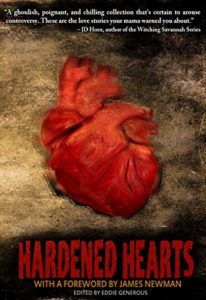 We have to write what we know, right? I decided to focus on a few ideas that I’m passionate about. “Heirloom” contains several of those elements. Past lives and how they might affect our present existence is something I think a lot about. And then there’s also the idea that we are constantly evolving and often change to fit the circumstances and dynamics around us. On top of that is this interconnectedness we have with others. I wanted to explore those things, as well as the complexities of empowerment. What does it mean to have power in a given situation, or over another person? With all the talk of gender inequality and the #metoo movement, I thought a lot about who has the upper hand and why. And, does that trump other qualities such as emotional intelligence or empathy? That’s what I set up for my main character, who’s a therapist. Enter a magic mirror (because the supernatural is always fun) that sends her into the past. Add a difficult client who not only threatens her in present day, but also has a role in the past. How does it all play out? Well, that’s the story. A fun fact is that I worked for a few years on this one. Several drafts and several transformations later, and presto…
We have to write what we know, right? I decided to focus on a few ideas that I’m passionate about. “Heirloom” contains several of those elements. Past lives and how they might affect our present existence is something I think a lot about. And then there’s also the idea that we are constantly evolving and often change to fit the circumstances and dynamics around us. On top of that is this interconnectedness we have with others. I wanted to explore those things, as well as the complexities of empowerment. What does it mean to have power in a given situation, or over another person? With all the talk of gender inequality and the #metoo movement, I thought a lot about who has the upper hand and why. And, does that trump other qualities such as emotional intelligence or empathy? That’s what I set up for my main character, who’s a therapist. Enter a magic mirror (because the supernatural is always fun) that sends her into the past. Add a difficult client who not only threatens her in present day, but also has a role in the past. How does it all play out? Well, that’s the story. A fun fact is that I worked for a few years on this one. Several drafts and several transformations later, and presto…
Do you have any writing rituals? For example, do you write every day? Do you write with music or without? Is there a certain time of day when you prefer to write?
If I can travel, that’s my ideal environment. I like to completely detach from the world as I know it. My whole body and soul get into a different mode. I love to sit at a café in an exotic location or in a hotel overlooking a place I’ve never been. When I’m not traveling, I prefer to write in my bedroom. I pile up lots of pillows and my cats are snuggling nearby. I drink buckets of yerba mate tea or decaf coffee. I can really get into the zone in that comfortable space. Depending on my mood, I’ll play some music, or not. The type of music also changes. Sometimes I’ll put on some M83, and other times it’ll be Marilyn Manson or Nine Inch Nails. By nature I’m a night owl, but my day job forces me to be up around 5:00 a.m., so I have to sort of make it work whenever I can find the time to write.
Daily writing is a fantastic practice, but I can’t say that I stick to it consistently. Life just sometimes gets in the way. So, I switch to editing mode or reading mode, if I’m not writing. Ideally, I would love to write for a minimum of an hour every day. However, when I’m really on a roll, I tend to write for about five hours at a time, sometimes more. It makes me a little delirious, but it’s a wonderful feeling to have been able to spend a chunk of time on a project.
At my blog, I believe that Women in Horror Month should last all year long. So in that vein, as a woman in horror yourself, do you have any favorite female horror authors writing today that you’d like to signal boost?
Oh, dear. I won’t be able to do this list justice, as there are so many female horror writers that deserve praise. Off the top of my head, here’s a list of some who should be read: Kelly Link, Lisa Mannetti, Nicole Cushing, Gemma Files, Helen Oyeyemi, Tananarive Due, Gillian Flynn, J.H. Moncrieff, Christa Carmen, Somer Canon, Catherine Cavendish, Amy Grech, Larissa Glasser, Lee Murray, Patricia Davis, Renee Miller, S.P. Miskowski, Jac Jemc, (someone named Gwendolyn Kiste), and on and on. Seriously, there are so many more worth mentioning. There’s no shortage of talent out there.
Out of your published work, do you have a personal favorite?
Isn’t that like asking a mom who her favorite kid is? I’m pretty attached to “Heirloom” for a number of reasons. The layers of the story and the message are pretty important to me. And, you either love or hate something you’ve spent so much time on. I’m also pretty fond of my vampire story “Dying for an Invitation” inspired by a trip to Transylvania. But, I’m really hoping that Fountain Dead ends up being one of my overall favorites. It’s partly a coming of age tale based on a haunted house I lived in with my family up in Winona, Minnesota. I think that being a teenager in itself is scary enough, but this kid has to navigate paranormal activity that threatens his family. It’s up to him to grow up fast and figure it all out before someone gets killed, literally. There are several threads of social judgments and expectations he wrestles with along the way, including gender identity issues and racism. I’m pretty excited about the project and am really throwing myself into it at the moment.
Where would you like to see your writing career in five years?
I’d really like to see some other novels come to fruition by then, as ambitious as that sounds. My constant goal is to find a way where I can write more consistently for longer periods of time. That schedule change would require a shift in the day job situation, however. Although teaching can be extremely rewarding, it makes the writing process an uphill battle. The ultimate fantasy is to write full-time and be able to pay the bills, but there are so many talented writers struggling to get to that very same place. Although I think there is enough success to be had by all, I think it’s harder and harder to make that reality come true. But that’s a whole rabbit hole of a discussion in itself.
Where can we find you online?
I practically live on Twitter at @tbraun_author. My website is undergoing a makeover, but that’s www.theresabraun.com. I’m also on Goodreads and Amazon…
Big thanks to Theresa Braun for being this week’s featured author!
Happy reading!
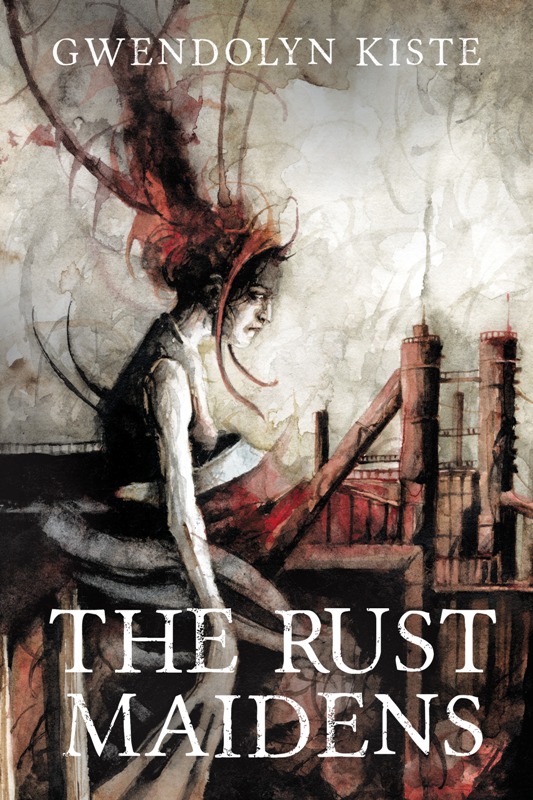

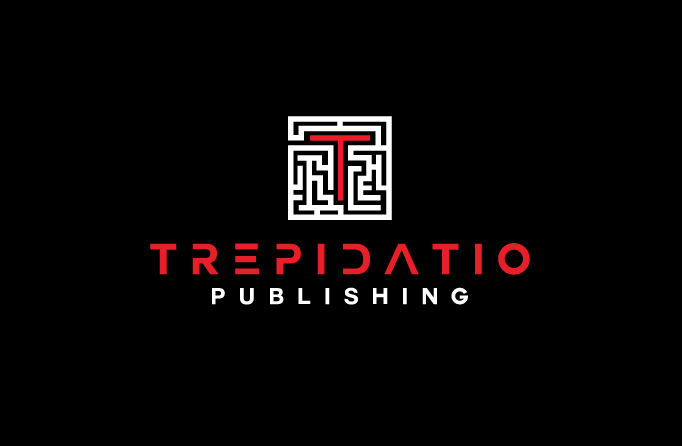 The Rust Maidens
The Rust Maidens
